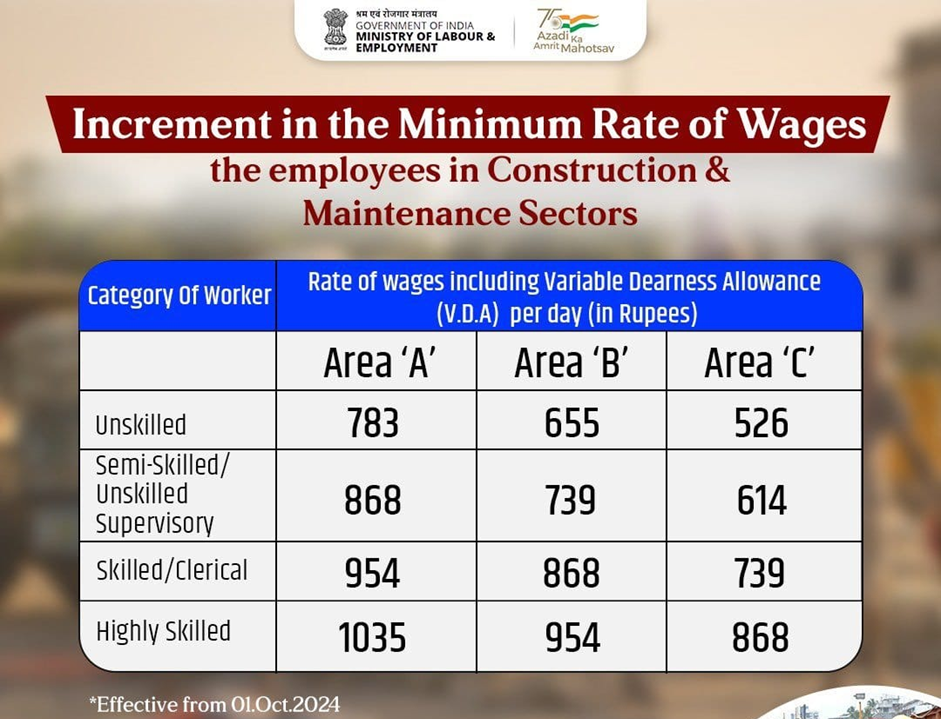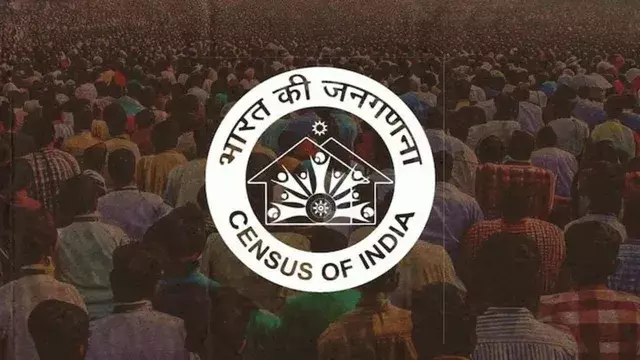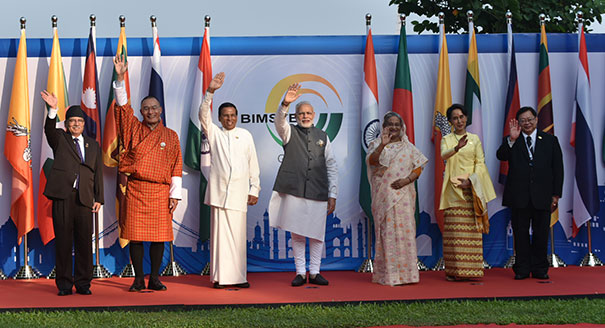- Courses
- GS Full Course 1 Year
- GS Full Course 2 Year
- GS Full Course 3 Year
- GS Full Course Till Selection
- Answer Alpha: Mains 2025 Mentorship
- MEP (Mains Enrichment Programme) Data, Facts
- Essay Target – 150+ Marks
- Online Program
- GS Recorded Course
- Polity
- Geography
- Economy
- Ancient, Medieval and Art & Culture AMAC
- Modern India, Post Independence & World History
- Environment
- Governance
- Science & Technology
- International Relations and Internal Security
- Disaster Management
- Ethics
- NCERT Current Affairs
- Indian Society and Social Issue
- NCERT- Science and Technology
- NCERT - Geography
- NCERT - Ancient History
- NCERT- World History
- NCERT Modern History
- CSAT
- 5 LAYERED ARJUNA Mentorship
- Public Administration Optional
- ABOUT US
- OUR TOPPERS
- TEST SERIES
- FREE STUDY MATERIAL
- VIDEOS
- CONTACT US
Central Government Increases Minimum Wage for Workers
Central Government Increases Minimum Wage for Workers

In September, The Central Government of India announced an increase in minimum wage rates by revising the Variable Dearness Allowance (VDA), set to take effect on October 1. This move aims to support workers, particularly in the unorganized sector, amidst rising living costs.
Key points:
Purpose of Wage Increase
- The adjustment in minimum wage rates is designed to help workers cope with inflation and the increasing cost of living.
- Beneficiaries include workers across various sectors such as:
- Building Construction
- Loading and Unloading
- Watch and Ward
- Sweeping and Cleaning
- Housekeeping
- Mining
- Agriculture (within central sphere establishments)
Wage Categorization
- Minimum wage rates are categorized based on:
- Skill Levels: Unskilled, Semi-skilled, Skilled, and Highly Skilled.
- Geographical Areas: Classified into Areas A, B, and C.
Revised Minimum Wage Rates
Following the revision, the minimum wage rates for Area A are as follows:
|
Worker Category |
Daily Min Wage |
Monthly Min Wage |
|
Unskilled Workers |
783 |
20,358 |
|
Semi-skilled Workers |
868 |
22,568 |
|
Skilled Workers (including clerical and watch and ward without arms) |
954 |
24,804 |
|
Highly Skilled Workers (including watch and ward with arms) |
1,035 |
26,910 |
VDA Revision Process
- The VDA is revised twice a year (on April 1 and October 1).
- Revisions are based on the six-month average increase in the Consumer Price Index (CPI) for industrial workers.
- The last revision occurred in April 2024.
Delhi Minimum Wages 2024: CM announced increase in Monthly Wages
- In addition to the central government’s announcement, the Chief Minister of Delhi, Atishi, has also increased both the dearness allowance (DA) and minimum wage for skilled and unskilled workers.
- The new rates for Delhi will come into effect on the same date, October 1.
Delhi Minimum Wage Revised Rates:
- The maximum increase in the minimum wage can be seen in the skilled workers.
- They will now get ₹ 702 more than what they used to get previously, followed by Semi-skilled workers, who got an increment of ₹ 650.
Following table to know the new rates of Delhi Minimum Wage:
|
Category |
Previous Rates (₹) |
New Rates (₹) |
Increase (₹) |
|
Unskilled Labourers |
17,494 |
18,066 |
572 |
|
Semi-Skilled Workers |
19,279 |
19,929 |
650 |
|
Skilled Workers |
21,215 |
21,917 |
702 |
Does Delhi Have Highest Minimum Wage?
- CM Atishi highlighted that Delhi offers over ₹18,000 as the minimum wage for unskilled workers, while other states have much lower rates.
- In Rajasthan, it's ₹8,063, in Madhya Pradesh ₹10,000, Uttar Pradesh ₹8,300, Haryana ₹10,000, and Chhattisgarh ₹10,900.
- Delhi’s minimum wage is the highest in the country.
Here’s the table with the minimum wages for unskilled workers across different states of India:
|
State |
Minimum Wage for Unskilled Workers (₹) |
|
Delhi |
18,066 |
|
Rajasthan |
8,063 |
|
Madhya Pradesh |
10,000 |
|
Uttar Pradesh |
8,300 |
|
Haryana |
10,000 |
|
Chhattisgarh |
10,900 |
Minimum Wage to Increase Every Two Year
- Delhi CM Atishi stated that the AAP government will raise the minimum wages for workers every two years.
- This plan follows the government's policy of increasing the Dearness Allowance (DA) for all government employees every two years.
- The minimum wage will be revised every two years, ensuring regular increments in the earnings of the workers.
Background: Minimum Wage in IndiaMinimum wage landscape in India is crucial for foreign businesses due to its complexity. Minimum wage varies by state and is influenced by multiple factors, including region, industry, skill level, and nature of work. Key points on Minimum Wage in IndiaHow is Minimum Wage Calculated?
Regulation of Minimum Wage
About Labor Costs:
Minimum Wages for Unorganized Workers:
Labor Market Overview:
Absence of National Minimum Wage
Labor Law Reforms
|
Conclusion
The increase in minimum wage rates is a significant step towards supporting workers in the unorganized sector and mitigating the effects of inflation. As the revised rates come into effect, it reflects the government's commitment to improving the economic conditions for its workforce. Employers and workers should stay informed about these changes to ensure compliance and benefit from the new wage structures.
Must Check: Best IAS Coaching In Delhi
UPSC Prelims Result 2024 Out: Expected Cut Off & Other Details, UPSC Prelims 2024 Answer with Explanation, Daily Prelims Quiz, Daily Current Affairs, MONTHLY CURRENT AFFAIRS TOTAL (CAT) MAGAZINE, Best IAS Coaching Institute in Karol Bagh, Best IAS Coaching Institute in Delhi, Daily Mains Question Answer Practice, ENSURE IAS UPSC Toppers, UPSC Toppers Marksheet, Previous Year Interview Questions, UPSC Syllabus




